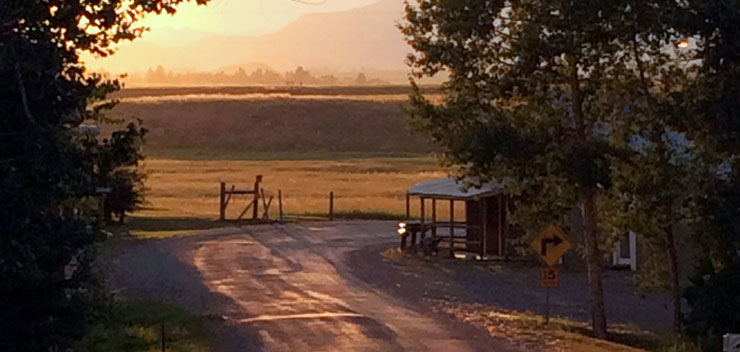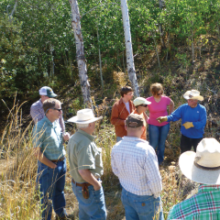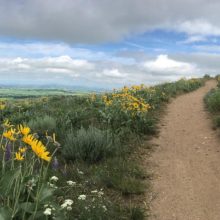Focus group participants across the board saw the need to promote concerted economic development, though not at the cost of the natural environment or rural way of life. As one resident put it “we want to keep things the way they are, but find a way to make what is here a little better and a little more robust.”
Background
The Blackfoot River watershed is located in west-central Montana between Missoula and Great Falls. It is characterized by large, open spaces, a clean and thriving river system, family ranches that span generations, and some of the largest areas of protected Wilderness in the United States.
The Blackfoot Challenge formed in 1993 to address concerns about conserving the Blackfoot watershed’s natural resources and rural way of life. At that time, the Challenge developed programs through multiple conversations with area communities to identify specific concerns and opportunities. During the last twenty years, the Challenge has pioneered a community-based approach to addressing conservation issues ranging from cross-boundary noxious weed control and forest fuel reduction to wildlife-livestock conflict management and collaborative drought planning.
For this report, the Blackfoot region consists of Lewis and Clark, Missoula, and Powell counties. These counties encompass the majority of the Blackfoot River watershed. The major population centers of these counties lie outside the core Blackfoot region, which is sparsely populated. The communities in the Blackfoot core region are: Seeley Lake, Lincoln, Helmville, Potomac, Ovando, Greenough, and Bonner.
Challenges & Opportunities
In 2013 the Challenge created an Economics Workgroup, made up of interested residents and people with expertise on this topic in the region, to explore economic priorities, barriers and opportunities, and a possible role for the Challenge to play in economic development. The Challenge invited Headwaters Economics to help conduct a series of focus groups on these topics as a first step in a watershed-wide assessment.
The smaller communities and rural populations at the core of the Blackfoot region are struggling economically. In addition, many believe that the communities in the Blackfoot region are divided, communicate poorly internally, and lack capacity.
These and a combination of factors have contributed to today’s difficult circumstances, including: a decline in traditional resource sectors; uneven growth in services industries and a weak labor market; the out-migration of youth, loss of families, and an aging population; unaffordable housing; and commuting patterns that pull talented individuals out of the region and contribute to spending leakages that hurt local businesses.
Moving forward, an overarching theme in all focus groups was the health of communities as a key economic development building block. The focus groups identified opportunities for branding and marketing; capturing traffic passing through the region; developing industry standards; improving workforce skills; trading more successfully on hidden gems; improving education and attracting families; offering more housing option; expanding health care options; and developing value-added agricultural products.
Next Steps
Most focus group participants saw a role for the Blackfoot Challenge to coordinate efforts to secure financial assistance and other resources that will balance natural resource protection with the promotion of economic opportunities in the region. They suggested that the Challenge would not have to reinvent itself, but should look for opportunities to leverage its existing programs and skills to create positive economic development outcomes in the region.
This report details many of the steps suggested by the focus groups and ends with a brief discussion of the questions facing the Challenge as it decides how active its role should be in supporting economic development in the region.



